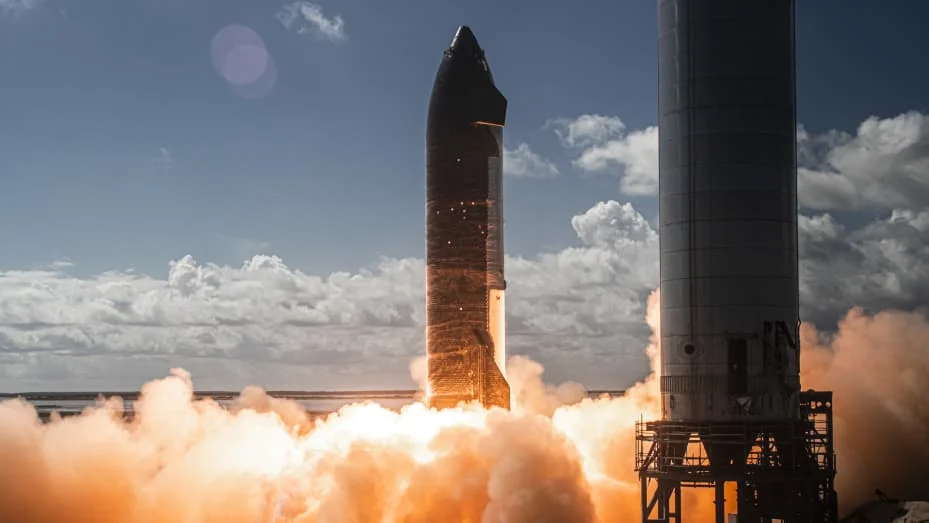SpaceX, the brainchild of tech mogul Elon Musk, has embarked on an ambitious mission to ensure the safety and success of its colossal Starship project. This monumental spacecraft, designed to revolutionize space travel, experienced a setback in April when a malfunction led to a dramatic explosion. However, SpaceX’s commitment to perfection has shone through as the company diligently works to address the issue and prepare for the future.
In a surprising move that showcased SpaceX’s unwavering dedication to safety, the company implemented an array of corrective measures following the April incident. The Federal Aviation Administration (FAA), after conducting a meticulous review spanning several months, confirmed a comprehensive list of 63 corrective actions. These actions encompass hardware redesigns to prevent leaks and fires, fortified launch pad infrastructure, enhanced safety system testing, and more. It is a testament to SpaceX’s determination to ensure that such incidents are prevented in future missions.
The Super Heavy/Starship project stands as a testament to human ingenuity and engineering prowess. With a thrust generating capacity of an astounding 16 million pounds during liftoff, thanks to its 33 Raptor engines, it dwarfs even NASA’s powerful SLS. The potential of this technological marvel is nothing short of revolutionary.
As anticipation mounts for the Artemis III mission, SpaceX has made significant strides but has also encountered hurdles. The only integrated Super Heavy/Starship rocket launched so far, on April 20 from the Starbase in Boca Chica, Texas, faced insurmountable challenges. Multiple engine failures and a failure to separate the first-stage booster resulted in a fiery explosion that scattered debris over the Gulf of Mexico. The incident, while unfortunate, provided invaluable lessons and insights.
Elon Musk, the visionary founder of SpaceX, maintained his trademark optimism in the face of adversity. He applauded his SpaceX team for the “exciting” test launch and considered it a success, emphasizing the critical knowledge gained from the incident. However, the FAA took swift action by initiating an investigation, and environmental groups expressed their intent to sue the regulator for environmental protection concerns due to the vicinity of a vital habitat for protected species.
With the investigation now concluded, the FAA has clarified that the closure of the mishap investigation does not signal an immediate resumption of Starship launches at Boca Chica. SpaceX is diligently working to implement all corrective actions with a focus on public safety. Moreover, the company must secure an FAA license modification addressing safety, environmental, and regulatory requirements before launching the next Starship mission.
In an encouraging development, a new Starship now stands ready at the launchpad, signaling SpaceX’s commitment to overcoming challenges and pushing the boundaries of space exploration.
SpaceX remains resolute in its mission to advance space capabilities. The Starship, towering at 394 feet (120 meters) in height and generating a staggering 16.7 million pounds (74.3 Meganewtons) of thrust, is poised to become a fully reusable spaceship that will ferry both crew and cargo to Mars. Additionally, NASA has selected a version of Starship to serve as a lunar lander for its Artemis program, marking a collaborative effort that holds the promise of returning astronauts to the Moon by the mid-2020s.
SpaceX’s journey with Starship epitomizes the spirit of resilience and progress in the realm of space exploration. The setbacks encountered along the way serve as valuable lessons, driving innovation and ensuring a brighter future for human space travel. With the world watching, SpaceX continues to redefine the possibilities of space exploration with its unwavering commitment to pushing the boundaries of what is achievable.




